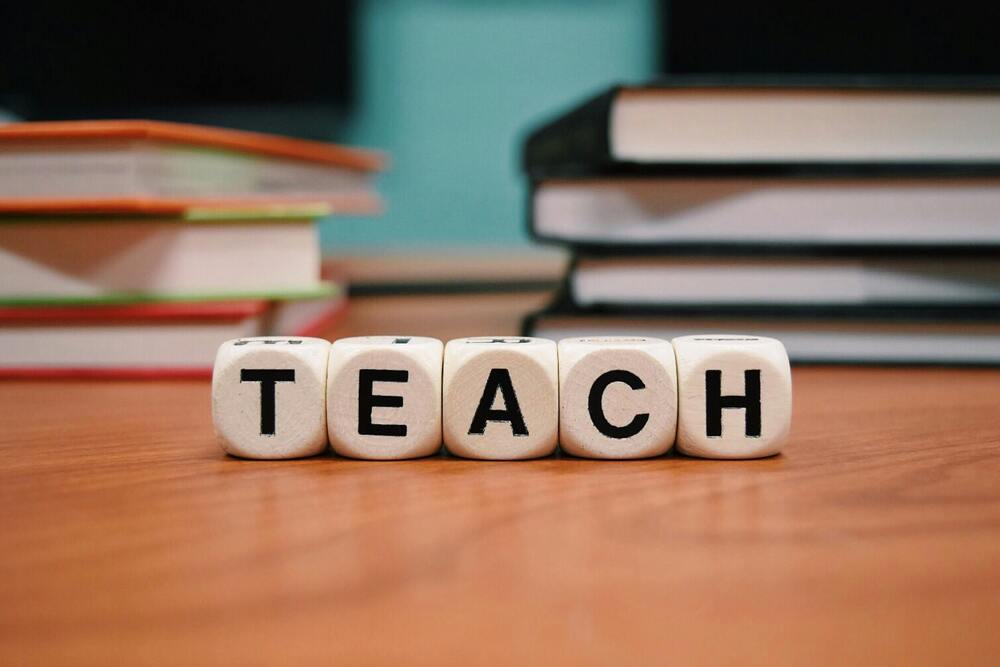Humor is a powerful tool in education that can transform the learning experience, making it more engaging and memorable. When used wisely, humor not only lightens the atmosphere but also enhances retention and understanding. In this blog, we will explore the benefits of humor in education, backed by statistics, and provide practical tips on how to incorporate it effectively in the classroom. Let’s dive in! ?

The Benefits of Humor in Education
Research shows that humor can significantly impact student engagement and learning outcomes. Here are some compelling statistics:
- Increased Retention: A study by the University of California found that students who were taught with humor retained 20% more information compared to those who received traditional instruction.
- Enhanced Engagement: According to a survey by the National Education Association, 78% of teachers reported that using humor in the classroom increased student participation and enthusiasm.
- Improved Relationships: Humor fosters a positive classroom environment. A study published in the Journal of Educational Psychology indicated that teachers who used humor were perceived as more approachable, leading to better student-teacher relationships.
Table 1: Impact of Humor on Learning Outcomes
| Aspect of Learning | With Humor (%) | Without Humor (%) |
|---|---|---|
| Information Retention | 80% | 60% |
| Student Engagement | 75% | 50% |
| Positive Classroom Atmosphere | 85% | 40% |
How to Use Humor Wisely
While humor can be beneficial, it’s essential to use it wisely to avoid misunderstandings or alienating students. Here are some strategies to incorporate humor effectively:
1. Know Your Audience
Understanding your students is crucial. What might be funny to one group could be inappropriate for another. Tailor your humor to fit the age, culture, and interests of your students. For example, using memes related to current trends can resonate well with younger audiences. You can find great examples of educational memes on sites like Edutopia.
2. Use Relatable Humor
Relatable humor helps students connect with the material. Incorporate anecdotes or jokes that reflect common experiences in the classroom. For instance, a light-hearted joke about the struggles of studying for exams can create a bond among students.
3. Balance Humor with Seriousness
While humor is essential, it’s important to maintain a balance. Use humor to introduce a topic or lighten the mood, but ensure that the core message is still conveyed. A well-timed joke can break the ice, but the focus should remain on learning.
4. Encourage Student Participation
Invite students to share their own humorous experiences or jokes related to the subject matter. This not only makes the class more interactive but also empowers students to express themselves. You can create a “Joke of the Day” segment where students can contribute their favorite jokes.
Table 2: Types of Humor to Use in Education
| Type of Humor | Description | Example |
|---|---|---|
| Anecdotal Humor | Personal stories that relate to the lesson | "I once tried to solve a math problem and ended up with a pizza recipe!" ? |
| Puns | Wordplay that adds a fun twist | "Why was the math book sad? Because it had too many problems!" ? |
| Visual Humor | Funny images or memes that illustrate concepts | Using a meme to explain a historical event. ? |
The Risks of Humor in Education
While humor can be a great asset, it’s important to be aware of potential pitfalls. Misunderstandings can arise, and humor that is perceived as offensive can create a negative environment. Here are some risks to consider:
- Cultural Sensitivity: Humor can vary greatly across cultures. What is funny in one culture may be offensive in another. Always be mindful of your students' backgrounds.
- Distraction: Excessive humor can lead to distractions, causing students to lose focus on the lesson. Use humor strategically to enhance learning, not detract from it.
- Exclusion: Some students may feel left out if they don’t understand the humor being used. Ensure that your jokes are inclusive and accessible to all students.
Table 3: Common Pitfalls of Humor in Education
| Pitfall | Description | Solution |
|---|---|---|
| Cultural Insensitivity | Humor that offends or alienates students | Research and understand your audience. |
| Overuse of Humor | Excessive jokes that distract from learning | Use humor sparingly and purposefully. |
| Exclusion | Jokes that some students may not understand | Choose universally relatable humor. |
Conclusion
Incorporating humor into education can create a vibrant and engaging learning environment. By understanding your audience, using relatable humor, and maintaining a balance between fun and seriousness, you can enhance student engagement and retention. Remember, the goal is to create a positive atmosphere where students feel comfortable and motivated to learn. So, go ahead and sprinkle some humor into your lessons! After all, laughter is a universal language that can bridge gaps and foster connections. ?
For more insights on effective teaching strategies, check out TeachThought and explore how humor can play a role in your educational journey!



